Joan Cartwright has spent a good portion of her life traveling around the world singing jazz. Music had been her first love since the age of four when her mother…
Read moreJazz singer, Joan Cartwright, pursues doctorate at 68
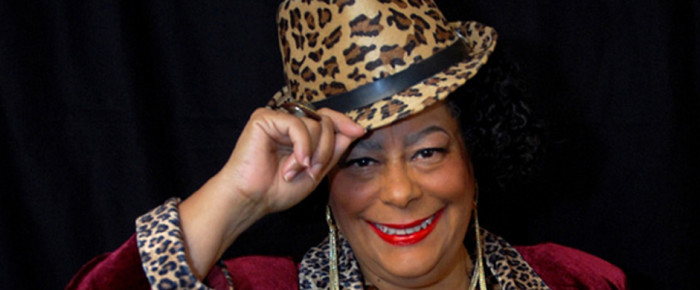

Joan Cartwright has spent a good portion of her life traveling around the world singing jazz. Music had been her first love since the age of four when her mother…
Read more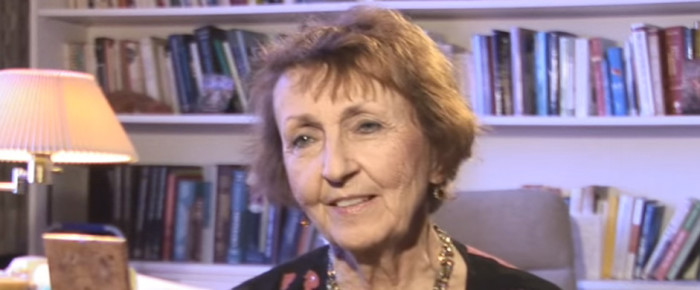
Dr. Pat Allen has figured out the secret formula to romantic relationships, but it took the end of her rocky first marriage, lots of education, and a few other relationships to…
Read more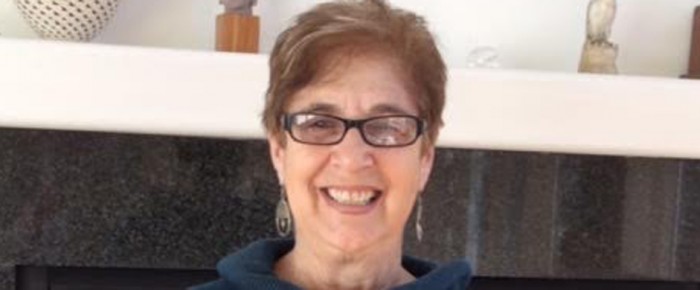
Renee Lowden grew up in Sheepshead Bay, Brooklyn and graduated from James Madison High School. She calls it “quite an experience” to have gone to the same high-achieving school as…
Read more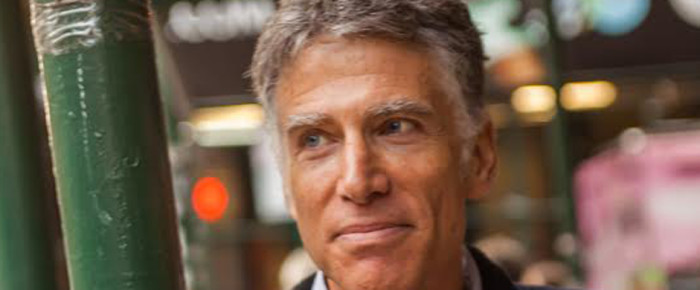
For the majority of his life, John Tarnoff says he “was all over the place.” Growing up in New York, he thought he wanted to be an architect, a journalist,…
Read more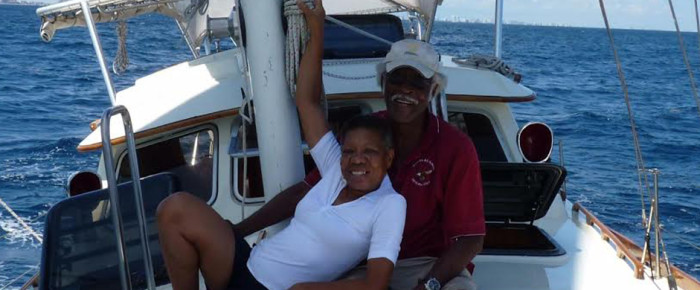
Audrey Peterman grew up on the lush island of Jamaica where she says there was often no choice between outdoors and indoors. She was always at home in wildlife. “We…
Read more